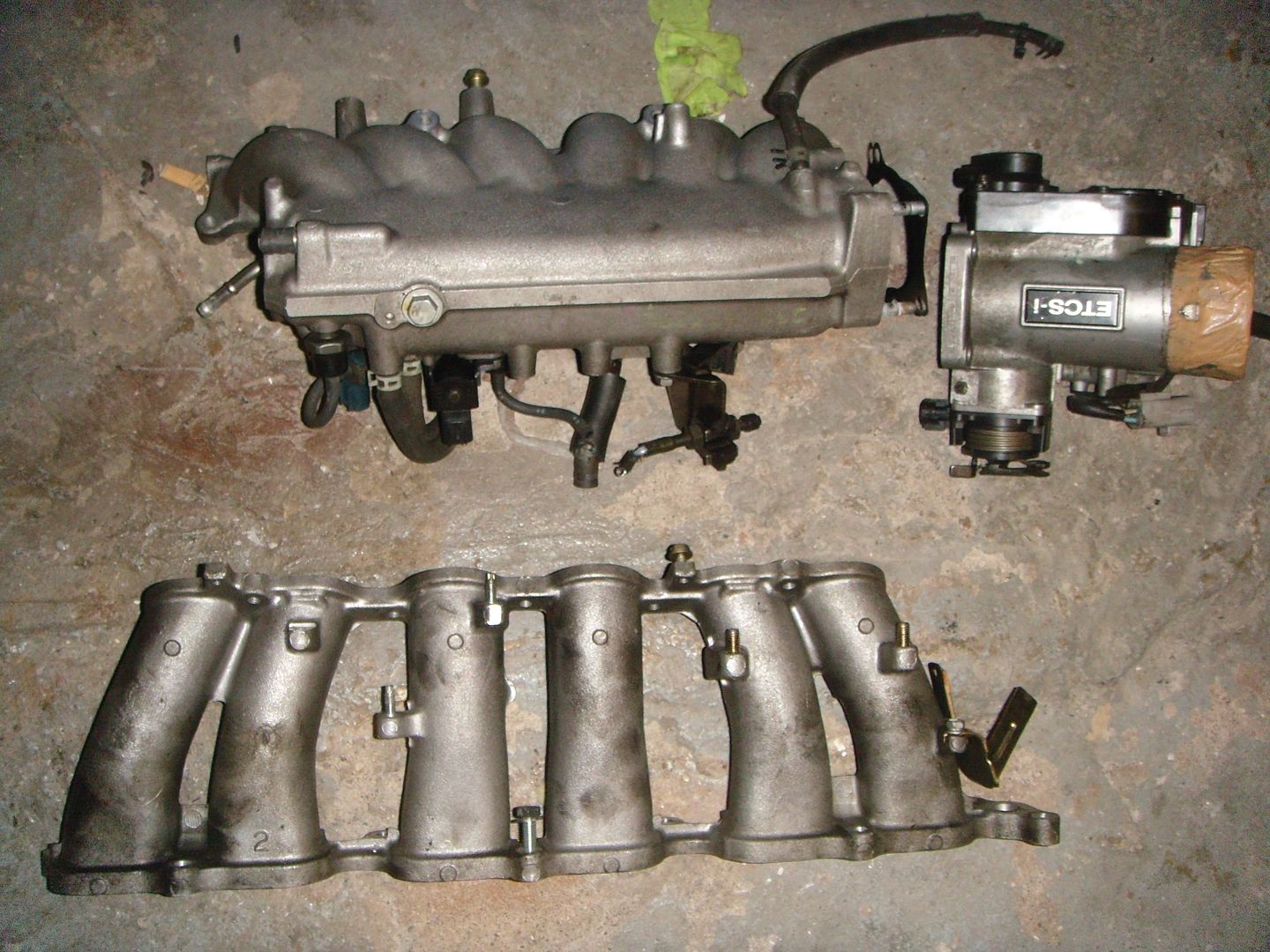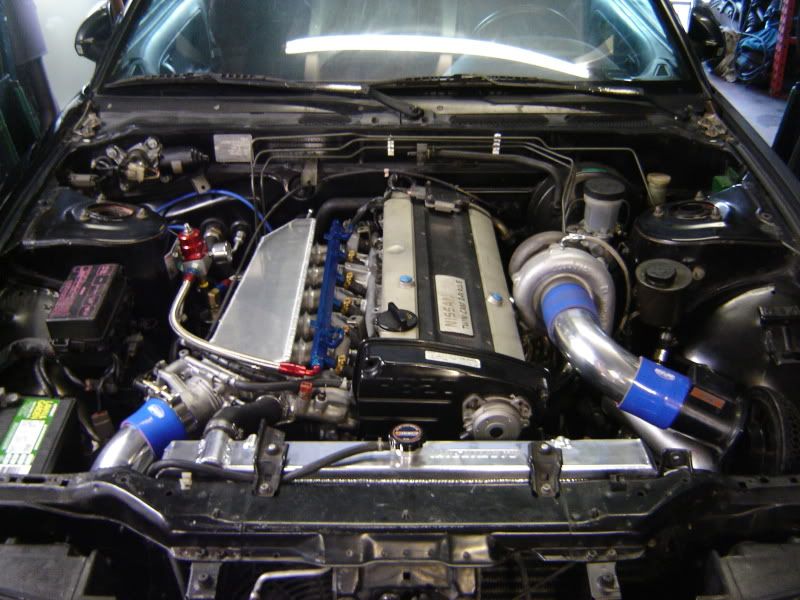OK show us the money. Let's see some data showing a tuned pipe system with superior performance to a shortest possible direct plumbing solution, both turbocharged.
The reason I'm suspicious that tuned lengths are less important are (1) the turbo provides rather an odd termination, acoustically, so I doubt it'll reflect the waves especially well and (2) skin friction effects will be more important so the gains from resonant forcing are likely to be masked or outweighed by the losses from the longer ducts.
Note that I suspect equal length runners may be worth having, I'm just dubious about the necessity for tuning their lengths.
1. I don't understand what the turbo has to do with runner resonant waves. Those waves will reach the end of the runner, invert and then travel back down the runner. Yeah that will send waves up the intake piping that would be effected by the turbo but that is not going to be a primary influence on a tuned intake.
2. At what absolute pressure would skin friction effects outweigh resonant tuning? Would it just happen to be atmospheric pressure or would it be above atmospheric pressure? If so how would you decide at what point it would become better to run short runners? It couldn't just be when you slap a turbo on.
I would have to do some digging to find any data that was better than internet rumor and I would love to see more solid proof myself but I don't understand exactly what about increasing pressure would do to change the physics so much to simply be able to say that once you add a turbo the game completely changes. On top of that there are a lot of other factors. One big one is actually off boost performance. A manifold aimed to improve low RPM VE will help the turbo spool faster which could be more valuable than a little hit in peak power in some situations.
I'm curious about what pressure/ gas density you'd use to tune said runners.
Pressure isn't very important as it doesn't significantly alter the speed of sound. Temp does so the closer you can get intake temps to ambient the more ideally you could tune a runner for both on boost and off boost. Otherwise you choose the more important one or split the difference to some degree.
If you are an OEM manufacturer - Compare the cost of the fancy tuned-runner intake manifold to the cost of a log manifold but with the turbo boost pressure set 1 or 2 psi higher. Even if it involves making a different compressor wheel to fully "optimize" it.
If there are space constraints under the hood, compare the net benefit of the space-consuming tuned-runner intake manifold and no turbo, to a log manifold but with the turbo sitting where the rest of the intake manifold was.
YES, the wave action is the same regardless of the absolute pressure. It just might not be economically viable or worthwhile to utilize it.
And yet how many OEM turbo cars have log type manifolds? If it really didn't matter why even waste the time, money and materials with a longer manifold yet the vast majority of turbo motors run longer manifolds. Many like the 3SGTE even use TVIS and that has been tested and proven to give a broader power curve.
Equal length runners may make it sound better. But then again, not much intake noise will get through the compressor anyway. Minor VE tweaks from wave tuning are kind of irrelevant when you can pump the pressure up to the point of destroying your engine already.
This reminds me of the people who think putting a turbo rated for double the CFM will actually double the CFM going through the motor even if at the same boost level.
More boost means more heat. It can also move you around the turbo map and since turbos are rarely run on the low side of the islands this almost guarantees you are lowering the efficiency of the turbo which means even more heat. It also means the turbo has to work harder to spin the turbo. On a very efficient system you might get a 1:1 ratio on pre turbine backpressure (PTBP) to intake pressure so on said system if you could drop the intake pressure from 22 PSI to 20 PSI you would also drop the PTBP from 22 to 20 PSI.
On your average OEM turbo you are more likely to see 1.5:1 to 2:1 ratios. The same if you size your turbo small in favor of spool and response. This means that at 22 PSI boost you could have 44 PSI PTBP. Drop the boost 2 PSI on the intake and you drop it 4 PSI on the exhaust. Lower intake temps, less heat to get rid of, most likely a more favorable area of the compressor map and less pressure on the exhaust side would all add up to a notable improvement in efficiency. It could also allow you to run a little more compression or timing at the same boost level making even more power and or gaining even more efficiency.




